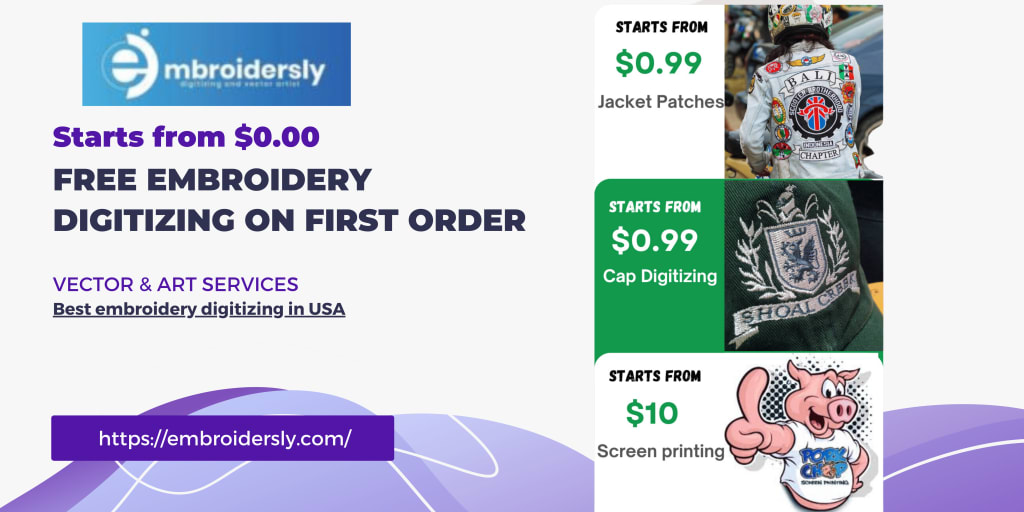What is the difference between EPS and DST? How to Convert it
The main difference between EPS and DST is their intended use. EPS files are designed for print and digital graphics, while DST files are designed for embroidery machines.

EPS and DST are both file formats used in the embroidery industry, but they have some differences.
EPS (Encapsulated PostScript) is a vector graphics file format that is used for printing and publishing. It is a popular file format used by graphic designers, and it is compatible with many different software applications. EPS files are scalable, meaning they can be resized without losing quality, and they can contain both text and images.
DST (Data Stitch Tajima) is a file format used specifically in embroidery machines. It contains information about the stitches and thread colors needed to create an embroidery design. DST files are often used in commercial embroidery machines and are compatible with many different brands and models.

The main difference between EPS and DST is their intended use. EPS files are designed for print and digital graphics, while DST files are designed for embroidery machines. Additionally, EPS files can contain both vector graphics and text, while DST files are solely focused on the stitch data needed for embroidery.
It is possible to convert an EPS file to a DST file or vice versa, but it may require specialized software or services to do so.
How do I convert EPS to DST format?
Converting an EPS file to DST format requires specialized embroidery digitizing software. Here are the general steps you can follow:
Open your EPS file in a vector graphics editing software, such as Adobe Illustrator.
Edit your design as needed to optimize it for embroidery. Simplify complex shapes and avoid using gradients or other effects that may not translate well to embroidery.
Export your EPS file as a vector file format that is compatible with embroidery digitizing software, such as a .AI, .SVG or .PDF file.
Open your embroidery digitizing software and import the vector file.
Use the digitizing tools in your software to manually create the stitches for your design, specifying the stitch type, density, and thread color for each section.
Save your design as a DST file. Make sure to double-check the settings and parameters to ensure that your design will stitch out correctly on your embroidery machine.
Note that embroidery digitizing is a complex process that requires knowledge and experience. If you are new to embroidery or unsure how to convert your EPS file to DST format, it may be best to work with a professional embroidery digitizer who can help you create a high-quality design.
which is better EPS or DST format
EPS and DST formats are designed for different purposes, and one format is not necessarily "better" than the other.
EPS (Encapsulated PostScript) is a vector graphics file format that is widely used in the graphic design industry for creating and editing digital artwork. EPS files are highly versatile and can be scaled up or down without losing quality, making them ideal for use in printing and publishing.
DST (Data Stitch Tajima) is a file format used specifically in embroidery machines. DST files contain information about the stitches and thread colors needed to create an embroidery design. They are optimized for embroidery machines and are typically used by commercial embroiderers.
If you are creating artwork for print or digital media, EPS is likely the best format to use. If you are creating designs for embroidery, DST is the format you will need to use. However, it's important to keep in mind that DST files are designed for use with embroidery machines and may not be compatible with other software applications. Similarly, EPS files may not be optimized for embroidery and may require additional work to prepare them for use in embroidery.
Ultimately, the best format to use depends on the specific project and intended use of the artwork or design.
About the Creator
Abigail Kelly
As an embroidery author, I am passionate about the rich history and modern applications of this timeless art form. Join me in celebrating the beauty and versatility of embroidery.






Comments
There are no comments for this story
Be the first to respond and start the conversation.